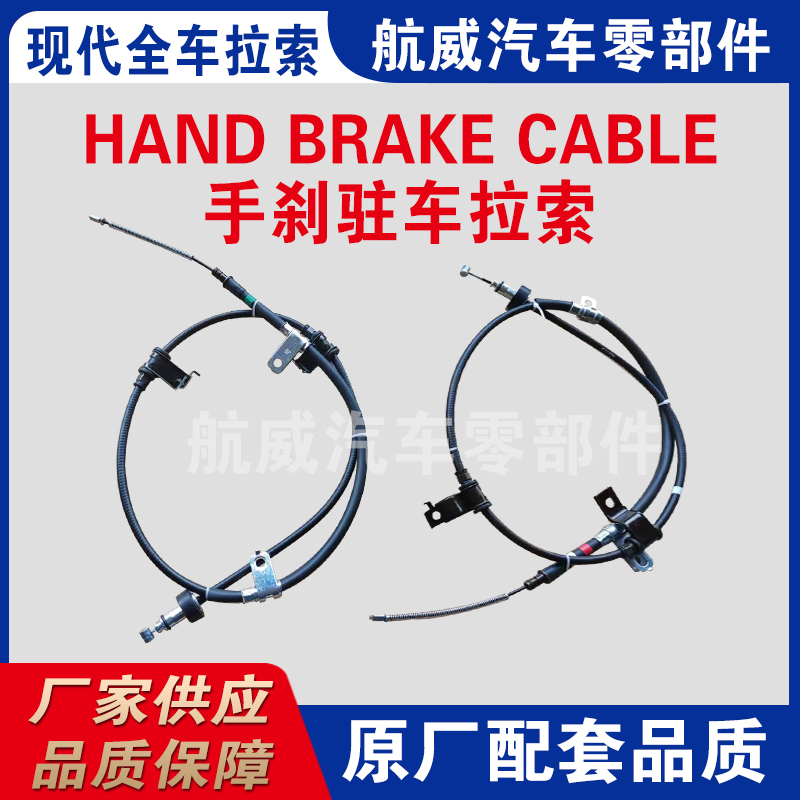clutch line to slave cylinder
Understanding the Clutch Line and Its Connection to the Slave Cylinder
The clutch system in a vehicle plays a pivotal role in the overall functioning of the transmission. Among the various components that facilitate smooth gear shifts, the clutch line and slave cylinder are crucial to the operation of a hydraulic clutch system. Understanding their relationship and the mechanics involved can help vehicle owners diagnose issues and maintain their cars more effectively.
What is the Clutch Line?
The clutch line is a vital component of the hydraulic clutch system, which transfers the force exerted by the driver’s foot on the clutch pedal to the slave cylinder. Typically made from durable materials, the clutch line is designed to withstand high pressure and potential wear over time. It functions as a conduit for the hydraulic fluid, allowing it to flow from the master cylinder to the slave cylinder.
In layman's terms, when a driver pushes down on the clutch pedal, the master cylinder generates hydraulic pressure. This pressure travels through the clutch line, which connects the master cylinder to the slave cylinder situated near the transmission. This action disengages the clutch, allowing for smooth shifting between gears.
The Role of the Slave Cylinder
The slave cylinder is a critical part of the hydraulic system that directly interacts with the clutch mechanism. Its primary function is to convert the hydraulic pressure received from the clutch line into mechanical force, enabling the clutch to disengage. When the slave cylinder activates, it pushes a lever or directly moves the clutch fork, disengaging the clutch plate from the flywheel.
clutch line to slave cylinder

The design and material of the slave cylinder are engineered to provide precise control and long-lasting performance, as it operates in high-pressure environments. However, like all mechanical components, it is subject to wear and tear. A failing slave cylinder can lead to various problems such as difficulty in engaging gears, clutch slipping, or a complete clutch failure.
Common Issues and Maintenance
Over time, the clutch line can develop leaks or become clogged due to debris or deteriorating material. Such issues can lead to a drop in hydraulic pressure, making it difficult to disengage the clutch. Similarly, a malfunctioning slave cylinder may present signs of failure through noticeable fluid leaks or a spongy clutch pedal feel.
Regular maintenance and inspections of these components are essential. A visual inspection of the clutch line for cracks or leaks should be part of any routine vehicle check. Ensuring that the hydraulic fluid remains clean and at the proper level can prevent many issues associated with the clutch system.
Conclusion
The relationship between the clutch line and the slave cylinder is fundamental to the efficiency of a vehicle's clutch system. Understanding how these components operate together not only helps in recognizing the importance of regular vehicle maintenance but also aids in diagnosing potential problems early.
As with any mechanical system, proactive care can extend the life of your car and enhance its performance. Whether it means performing routine checks or replacing worn-out components, staying informed about the clutch line and slave cylinder will contribute to a smoother driving experience and ensure that your vehicle remains reliable on the road. Always consult with a qualified mechanic if you suspect any issues with your clutch system, as they have the tools and expertise necessary to address these concerns effectively.
-
Upgrade Your Vehicle with High-Quality Handbrake CablesNewsNov.01,2024
-
Optimize Your Bike's Performance with Quality CablesNewsNov.01,2024
-
Enhance Your Vehicle's Performance with Quality Clutch ComponentsNewsNov.01,2024
-
Elevate Your Vehicle's Performance with Quality Throttle CablesNewsNov.01,2024
-
Elevate Your Vehicle's Performance with Quality CablesNewsNov.01,2024
-
Affordable Solutions for Your Cable NeedsNewsNov.01,2024
